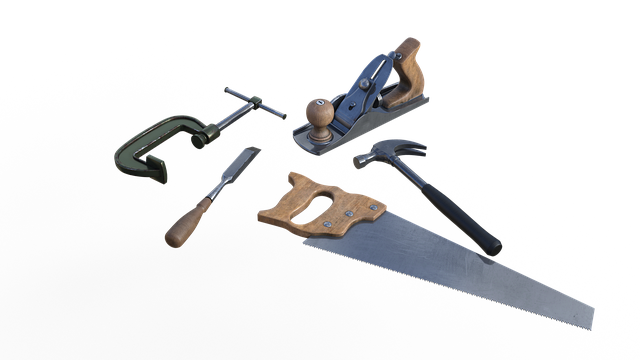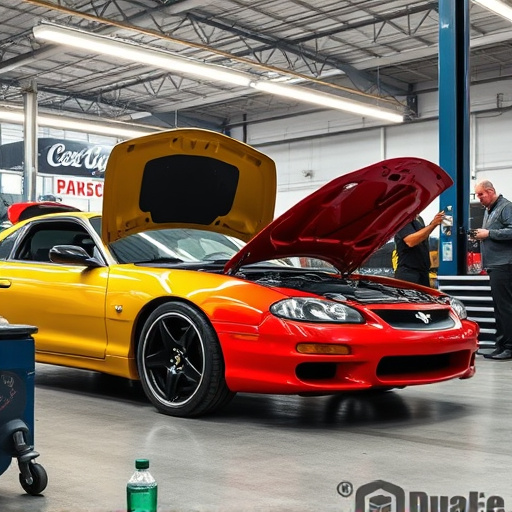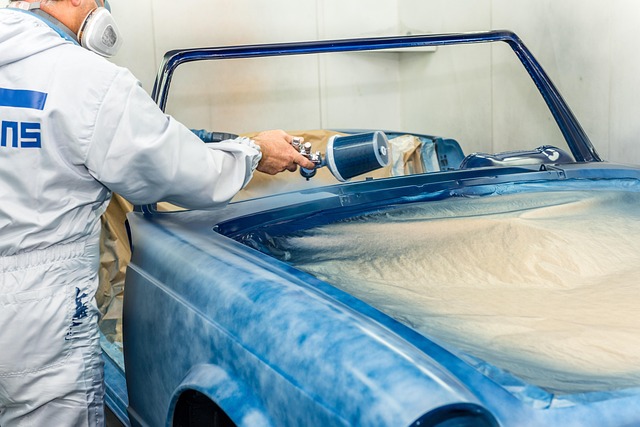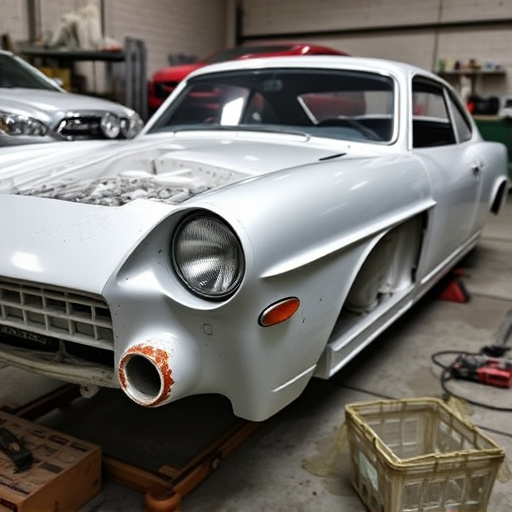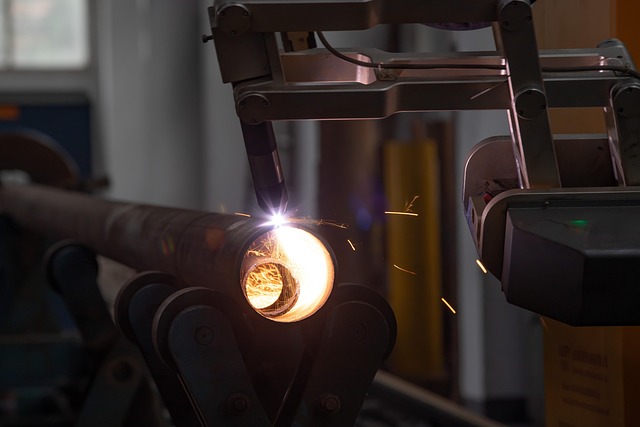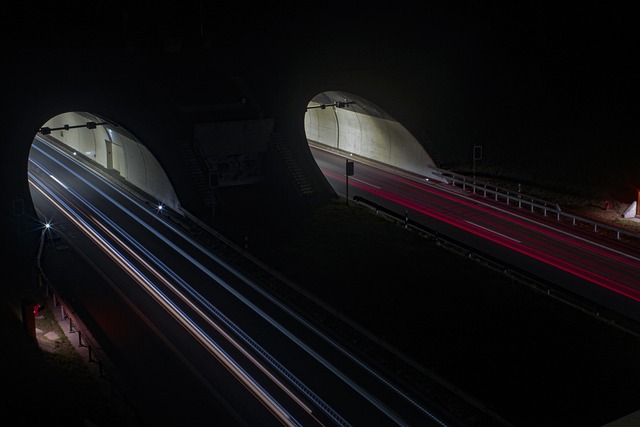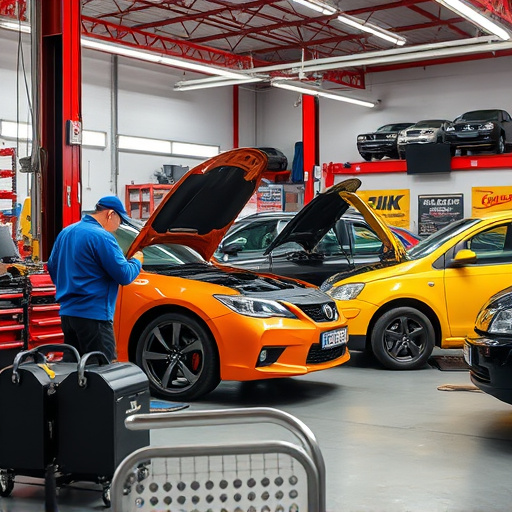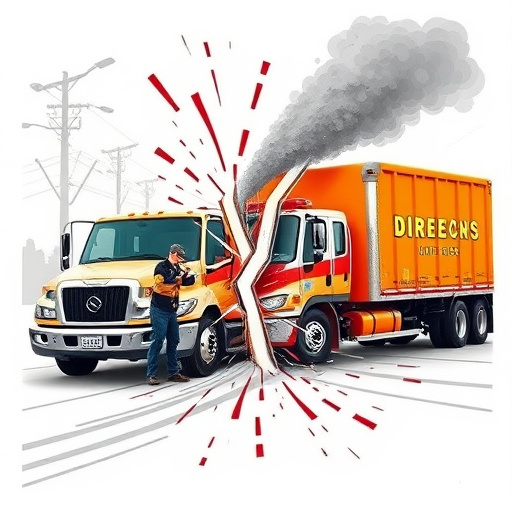Spectrophotometer color matching combines physics and chemistry to accurately measure light interaction, enabling precise color replication in collision repair and auto painting industries. This technology revolutionizes vehicle restoration by objectively assessing spectral characteristics, achieving flawless results that maintain aesthetic integrity with advanced measurements of reflectance and absorbance.
Discover the art of precision with spectrophotometer color matching—a crucial technology in various industries. This advanced instrument ensures consistent, accurate color reproduction by measuring light interaction with materials. In this article, we unveil seven secrets that will transform your understanding. From the science behind it to practical applications, learn about calibration techniques, industry use cases, and troubleshooting tips. Optimize your color matching process and unlock the full potential of spectrophotometry.
- The Science Behind Spectrophotometer Color Matching
- – What is spectrophotometry?
- – How does color matching work?
The Science Behind Spectrophotometer Color Matching

The science behind spectrophotometer color matching is a fascinating blend of physics and chemistry. This advanced technology uses light to measure the reflectance and absorbance of colors, providing an accurate representation of a material’s hue. By analyzing the interaction of light with a sample, the spectrophotometer captures data that helps match colors perfectly. It’s not just about mixing pigments; it involves understanding how light waves interact with different wavelengths, resulting in precise color replication.
This process is particularly crucial in industries like collision repair services and auto painting, where achieving an exact match is vital for a professional finish. Unlike traditional methods relying on human eye assessment, spectrophotometer color matching ensures consistency and precision. Whether it’s for restoring classic cars or providing top-notch car paint services, this technology plays a significant role in maintaining the integrity of colors, making every repair and repaint job a masterpiece.
– What is spectrophotometry?
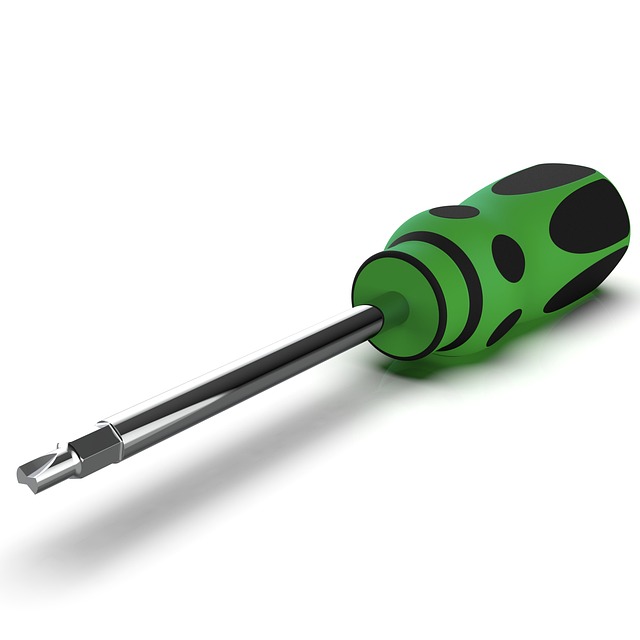
Spectrophotometry is a scientific technique that measures the interaction between light and matter, specifically focusing on how light is absorbed, reflected, or transmitted by different materials. In the context of spectrophotometer color matching, this technology plays a pivotal role in accurately determining and replicating colors, especially in industries like collision repair services and vehicle dent repair. By analyzing the spectral characteristics of a sample, spectrophotometers provide precise data on color hues, shades, and tones, ensuring that repairs match the original vehicle’s finish seamlessly.
This advanced method goes beyond simple visual assessment, as it accounts for the unique molecular composition of materials. Whether it’s assessing paint samples for quality control in vehicle repair or matching colors for restoration projects, spectrophotometry offers an objective and quantitative approach. By employing this technology, professionals in various fields, including automotive bodyshops, can achieve flawless results, ensuring customer satisfaction and maintaining the integrity of each vehicle dent repair.
– How does color matching work?
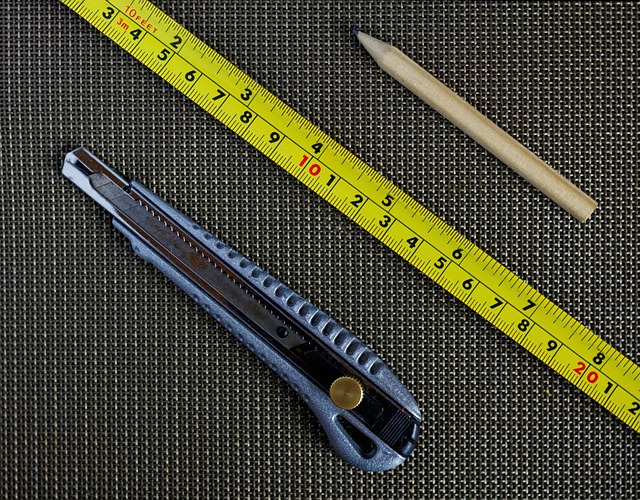
Color matching is a precise science when it comes to ensuring that restored surfaces look identical to their original state. It involves using advanced tools like spectrophotometers to analyze and reproduce colors with incredible accuracy. These devices measure the reflectance of light at specific wavelengths, providing detailed data on color hues, tones, and shades. By comparing this data to the original surface, technicians can create exact matches for paints and finishes in various applications, including paintless dent repair and collision repair services.
The process begins with taking readings from both the damaged area and the untouched original surface using the spectrophotometer. This data is then fed into specialized software that calculates the precise formulations needed to recreate the original color. In the context of dent removal and collision repair, this means restoring not just the physical damage but also the aesthetic integrity of vehicles, ensuring no visible evidence of repairs remain.
In conclusion, understanding the intricate process of spectrophotometer color matching reveals a powerful tool for precise color analysis. By harnessing the principles of spectrophotometry, professionals can achieve remarkable accuracy in their color-related tasks, ensuring consistent and reliable results. This knowledge not only deepens our appreciation for the technology but also opens doors to enhanced creativity and innovation in various industries that rely on exacting color standards.
